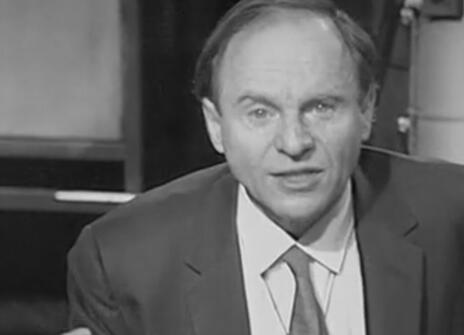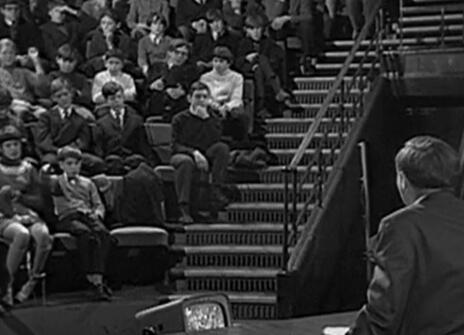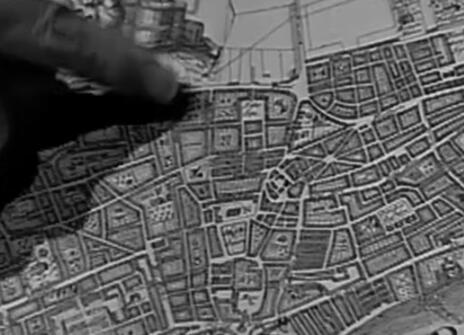Lecture 2 – Meat and drink enough for 1728 Lilliputians
From the 1968 Lecture programme:
The surface of almost every physical system behaves differently from its insides, for the surface is directly concerned with the environment., But the larger anything is, the less surface it has relative to its bulk. The meaning is clear: big and small systems function differently, even if they are built on similar patterns. This truth is brought out in the life of mice, man, and elephant; these animals will be presented, each with his daily requirement of food. Gulliver was in error; he never could have eaten the food of 1728 Lilliputians. The same topic is pursued in the study of harbours, stars, fruit, furs, balloons…just about everywhere.
About the 1968 series of CHRISTMAS LECTURES
In the 1968 CHRISTMAS LECTURES, physicist Philip Morrison explores the science of scale through the eyes of Jonathan (also knows as Dean) Swift's classic book, Gulliver's Travels.
From the 1968 Lecture programme:
It was the marvellous imaginary voyages of Lemuel Gulliver which made us see a world of petty six-inch patriots, or of sixty-foot people, large-minded and generous. Dean Swift was not writing science, but he lighted for our minds the meaning of size in our perception and in all human affairs.
In science the scale of things is often decisive. We human beings can view the world from one scale only, our own. But in that world are ants and whales, mountains and seas, planets, stars and atoms. A great deal of their nature is explainable as the consequence of their magnitude, for the fundamental building bricks of all the world, the particles of the physicist, fix a size built somehow into everything material.





